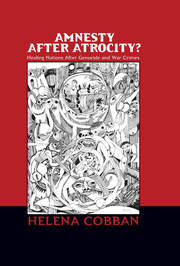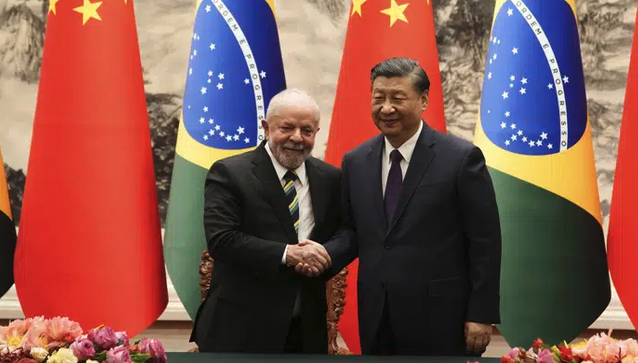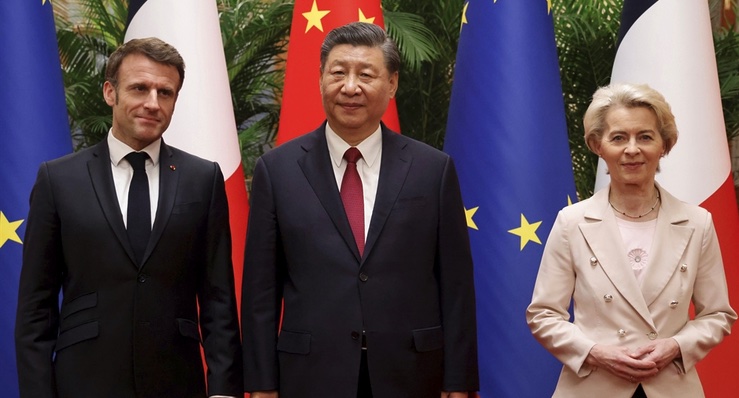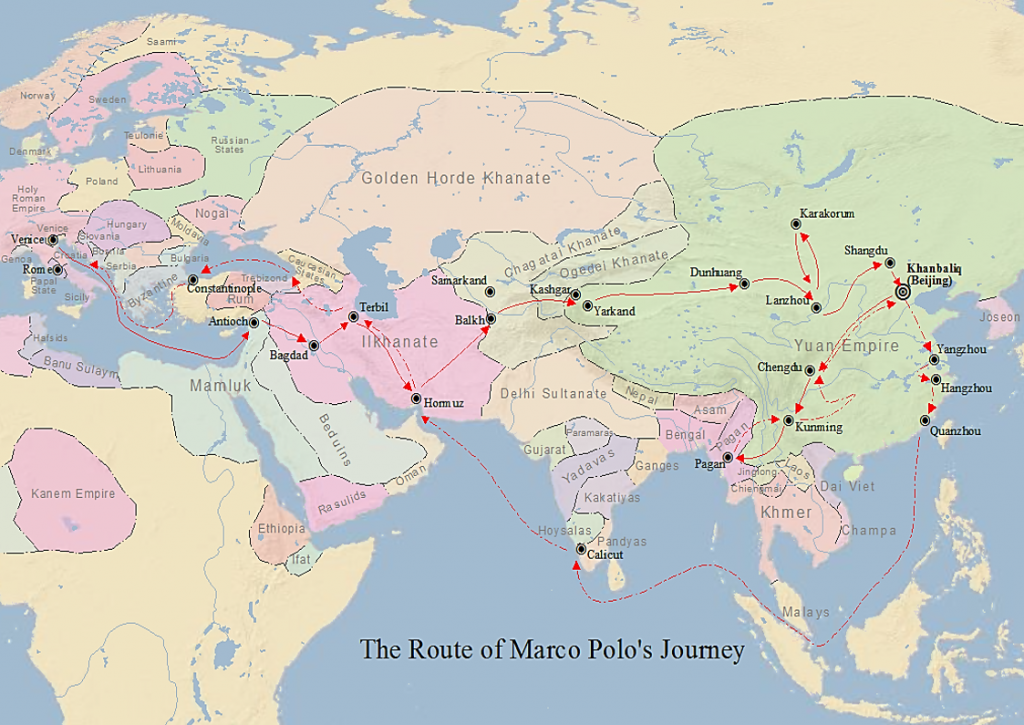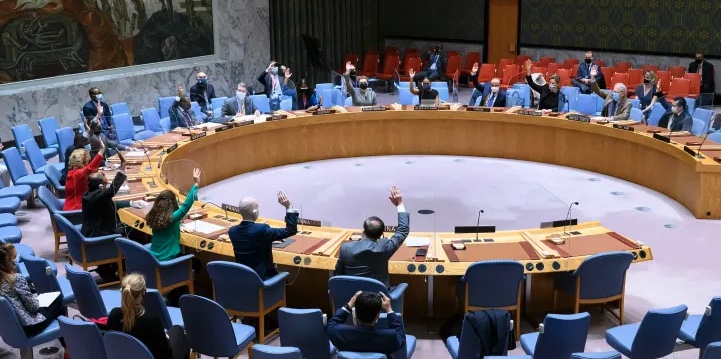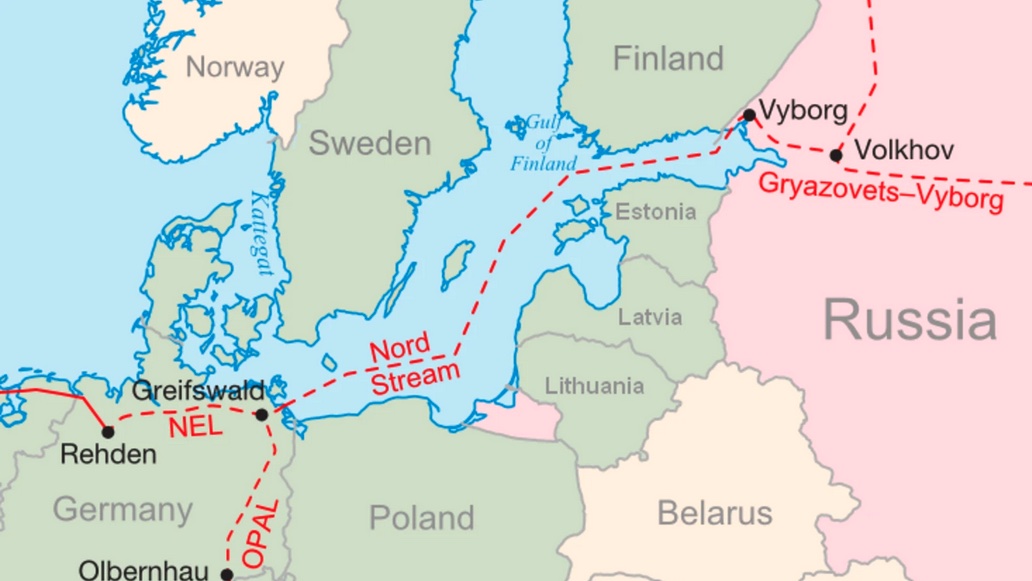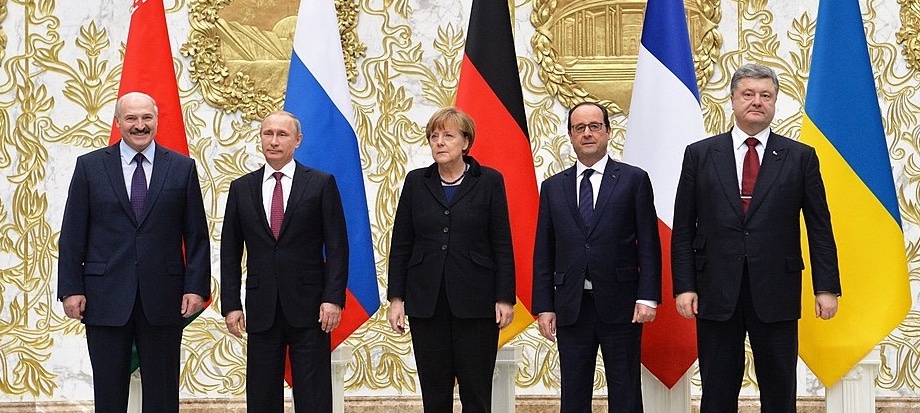Image: Signing ceremony for the 2015 “Minsk II” agreement on Ukraine. Shown l. to r. are the leaders of host country Belarus, Russia, Germany, France, and Ukraine.
This week’s news that the United States, Germany, and other NATO countries will be adding two more types of complex Western tanks to the confused mix the Ukrainian military are already trying to deal with is a worrying sign of Washington’s readiness to climb to a higher rung of the potentially catastrophic escalation ladder in Ukraine. But it will take quite some time till those tanks can be used in Ukraine by capable, trained-up Ukrainian tank crews…
Meantime, the need for a speedy, total, country-wide armistice in Ukraine only continues to grow.
Any sustainable peace effort in Ukraine is going to have to address issues at three (or more!) different levels. None of these issues is easy. Initially, I thought of the three levels as constituting three potential “circles of hell.” Then, on further reflection, I concluded we should also think of them as challenges, or even opportunities to build a better-governed and more sustainable world… But first, we need to recognize and understand what the levels are and how they are inter-connected.
Addressing them all will, of course, take time. But luckily there is one powerful tool that diplomats can use today that will speedily stop the carnage on the ground and allow the breathing-space that’s needed to address the deeper issues. It’s called an armistice. As I wrote here, an armistice is what Ukrainians and everyone who has been harmed by this conflict needs right now. (Note: not more weapons, more fear and dispossession, more carnage…)
But let me, anyway, first try to delineate the different levels of confrontation involved in Ukraine, which for now I’ll continue, a little tongue-in-cheek, to describe as the “three circles of hell.”
The good news is that the Ukraine conflict sits amid only three circles of hell, far fewer than the nine identified by Dante Aligheri! The bad news is that each of these is a very tough nut to crack. Then again, two other items of good news: (a) None of these “nuts” need to be cracked immediately. Remember, the leaders of NATO and Russia can agree to a complete armistice in Ukraine any time they choose to, without even starting to negotiate the terms of a “final” peace settlement; and (b) Addressing these challenges in international relations can turn out to be a holistic effort that lays the basis for global stability for many decades to come. (Humankind does, after all, have quite a few other massive challenges to address over the years ahead… )
So what are the three “circles of hell” of which the Ukraine conflict is the epicenter? They are:
- The intra-Ukrainian & Ukraine-Russia circle
- The European circle, and
- The global-balance circle
For now, let me sketch the dimensions of each of these circles briefly. Then, in one or more subsequent essays I’ll unpack them a little more and start to look at the many interactions among them.
Continue reading “Ukraine’s 3 circles of hell (or, of opportunity?)”


